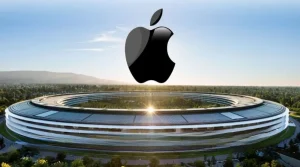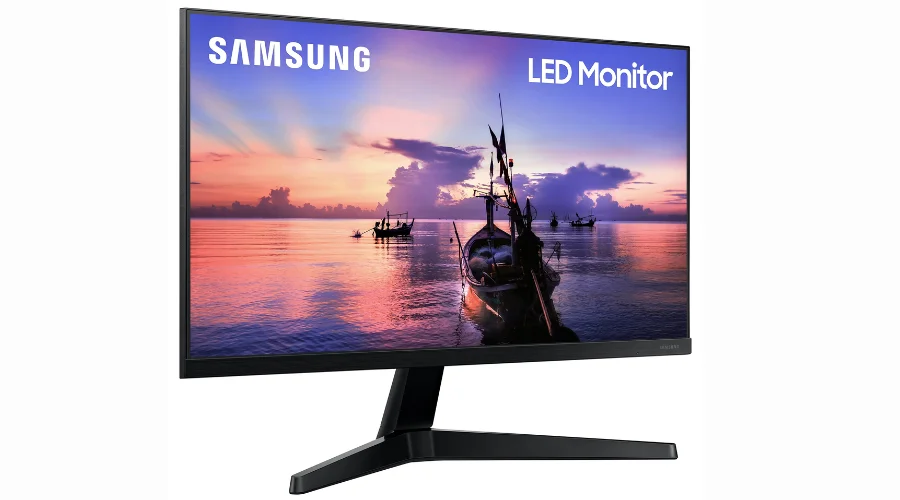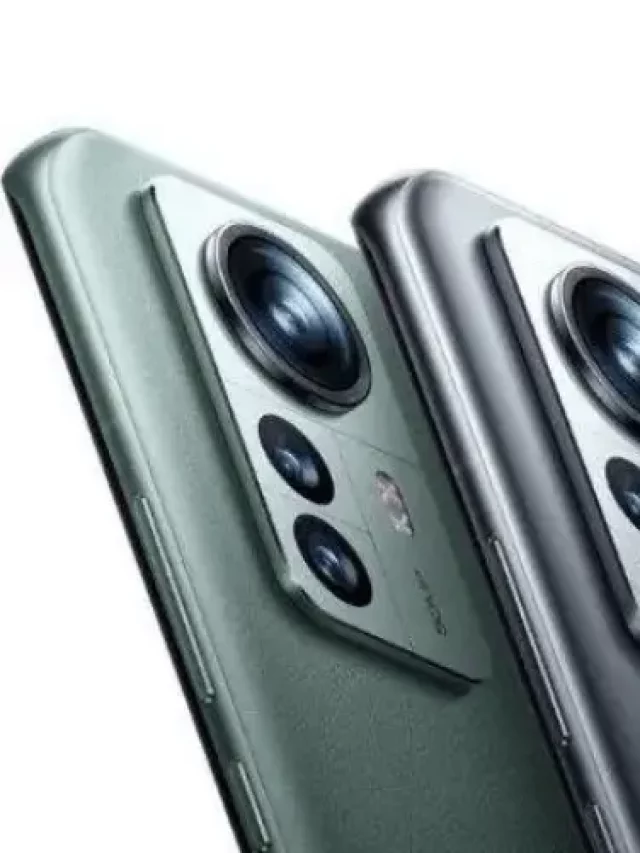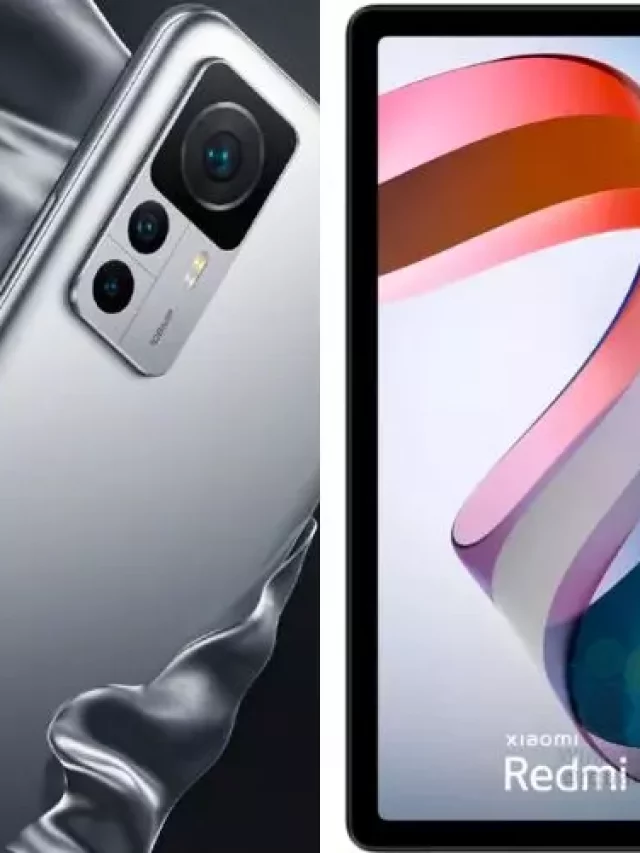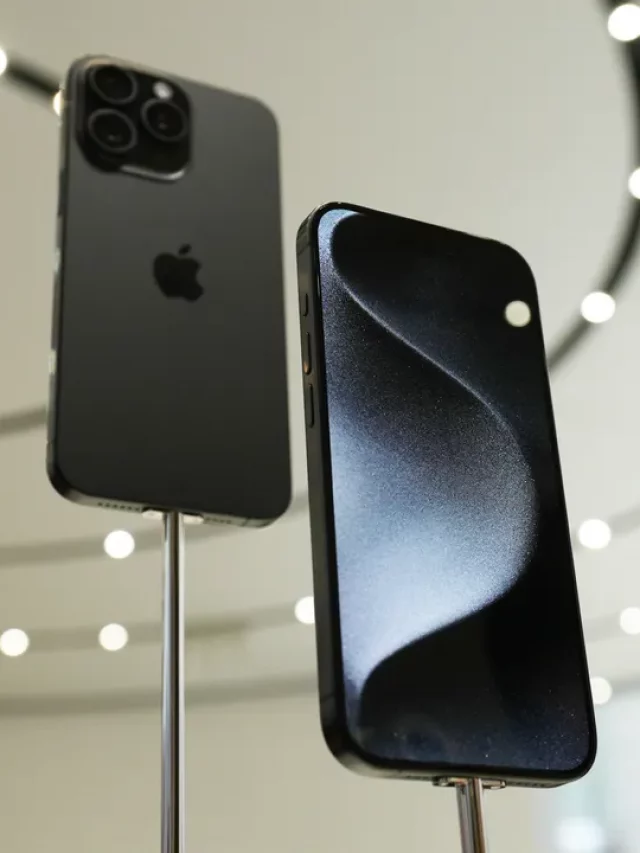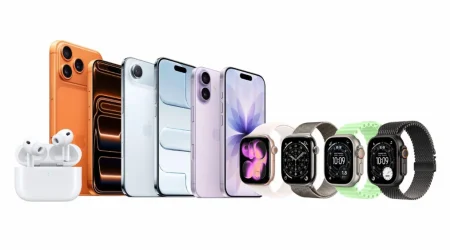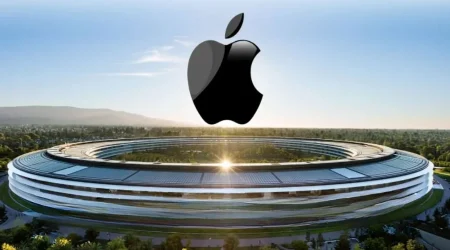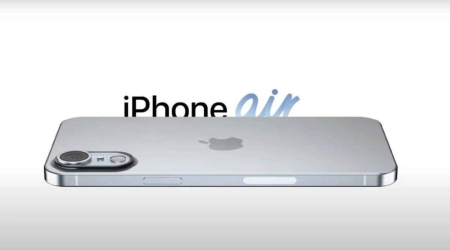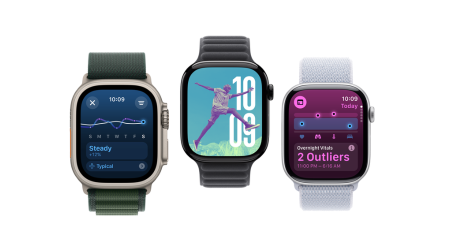People who work with displays hear the term “IPS panel” a lot, but a few people must know what it actually means or how it differs from other display technologies.
It is another type of LCD board known as “Plane Switching” or “IPS”. This board offers improved colour accuracy, wider viewing angles, and brighter images.
This article will explain what are IPS panel monitors and how are they different from other types of monitors that are often used.
What is an IPS panel monitor?
LCD monitors using in-plane switching (IPS) technology are called IPS panel monitors. IPS panels are popular monitors because of their wide viewing angles, accurate colour rendering, and fast reaction times.
The operation of IPS panels relies on aligning liquid crystal molecules in a parallel orientation with the display. When an electric current is applied, these molecules rotate to either permit or obstruct the passage of light, ultimately forming the displayed image.
Compared to alternative LCD monitor types like twisted nematic (TN) panels and vertical alignment (VA) panels, IPS panels boast several advantages. Their expansive viewing angles ensure consistent image quality, even when viewed from the sides. Moreover, IPS panels have good colour fidelity and minimal ghosting and blurring.
These panels are more expensive yet perform better overall. Consequently, individuals seeking monitors with broad viewing angles, precise colour reproduction, and rapid response times will find IPS panels to be an excellent choice.
How IPS panel monitor is different from other displays?
IPS panel monitors distinguish themselves from other display technologies in several key aspects:
- Viewing angles
IPS panels provide expansive viewing angles of up to 178 degrees both horizontally and vertically. This ensures that the on-screen image retains its quality regardless of the viewing angle. In contrast, alternative display types like TN and VA panels have narrower viewing angles, resulting in potential colour and contrast degradation when viewed from the side.
- Colour accuracy
IPS panels excel in delivering accurate and true-to-life colours, making them invaluable for professionals working with graphics, photography, or video editing. Other display types, notably TN panels, may exhibit less colour accuracy, particularly when viewed off-center.
- Response time
IPS panels boast swift response times, minimising ghosting and blurring when viewing dynamic content like games and movies. This makes IPS panels a preferred choice for gamers and multimedia enthusiasts. Conversely, some display types, like VA panels, may have slower response times, leading to undesirable ghosting effects.
- Price
While offering superior performance, IPS panels tend to be priced higher than alternative display technologies such as TN and VA panels. However, the enhanced overall performance and versatility they provide make IPS panels a worthwhile investment for various applications.
Now, let us understand these differences with the help of the following table.
| Feature | IPS | TN | VA |
| Viewing angles | Wide (178 degrees) | Narrow (160 degrees) | Wide (178 degrees) |
| Colour accuracy | Best | Good | Good |
| Response time | Fast | Very fast | Slow |
| Price | Most expensive | Less expensive | Less expensive |
Top features or technologies in IPS panel monitors that enhance image quality and reduce colour distortion
IPS panel monitors incorporate several features and technologies that significantly enhance image quality and reduce colour distortion:
- Wide viewing angles
IPS panels provide expansive viewing angles, up to 178 degrees both horizontally and vertically. This ensures consistent image quality from various vantage points, which is particularly valuable for professionals like graphic designers, photographers, and video editors who require precise visuals.
- High colour accuracy
IPS panels deliver precise and true-to-life colours, a vital aspect for professionals who demand accurate colour representation in their work.
- Fast response times
IPS panels boast rapid response times, minimising ghosting or blurring when displaying fast-moving content. Gamers and avid video consumers benefit from this feature.
- High contrast ratio
IPS panels achieve a high contrast ratio, allowing them to produce deep blacks and vivid whites. This contributes to more realistic and immersive visuals.
- HDR support
Many IPS panel monitors support HDR (high dynamic range), expanding the range of colours and brightness levels compared to the standard dynamic range (SDR). This results in lifelike and immersive imagery.
Aside from these core attributes, IPS panel monitors offer additional benefits, including energy efficiency, longevity with up to 50,000 hours of lifespan, and increasingly competitive pricing, making them an appealing choice for a broad spectrum of users.
Top options for IPS panel monitors trending in 2023
-
24″ ViewFinity S60UA QHD, USB-C Monitor
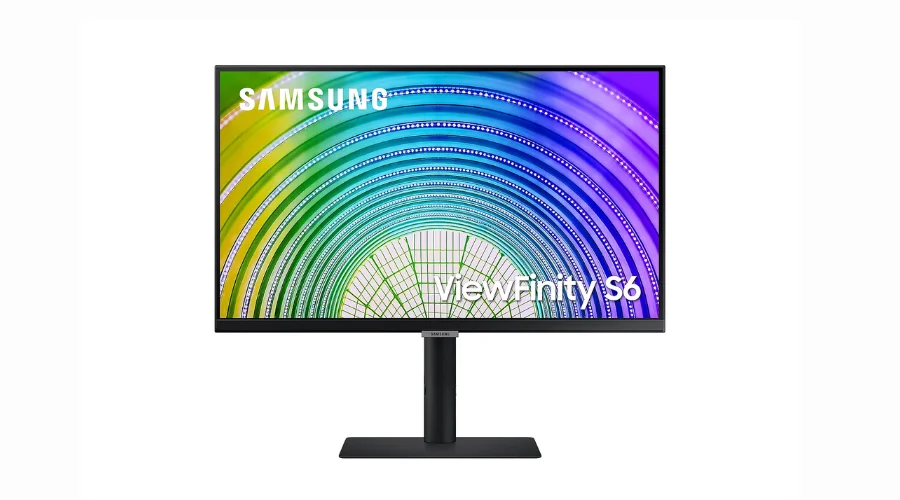
The ViewFinity S60UA QHD USB-C Monitor is a 24-inch display with QHD resolution, offering detailed visuals. USB-C power, data, and display connectivity distinguish it. IPS panels offer wide viewing angles and colour accuracy, making them ideal for graphic design. It offers versatile connectivity options, slim bezels, and sharp resolution, enhancing work and entertainment experiences.
-
22″ T35F Full HD Monitor4
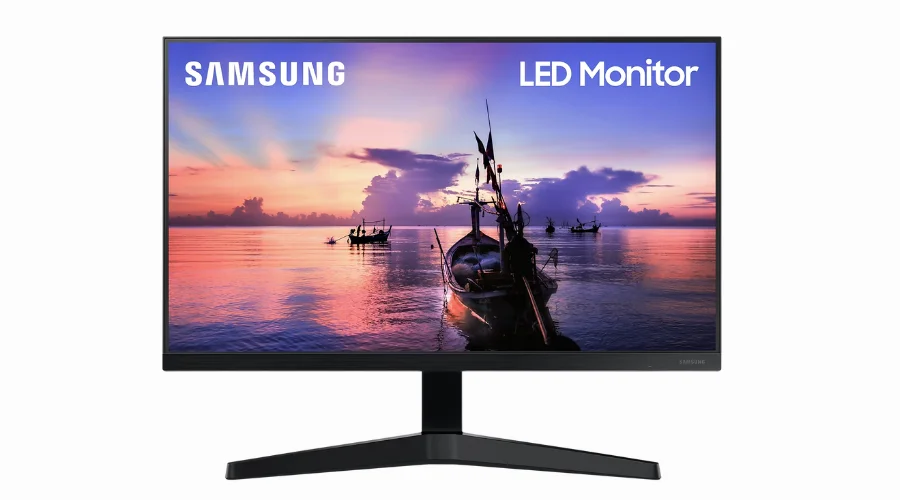
The 22″ T35F Full HD Monitor is a display with a 22-inch screen and Full HD resolution. It offers a crisp and clear visual experience for various tasks, from work to entertainment. While specific features and details may vary depending on the manufacturer and model, Full HD resolution typically provides sharp images and text, making it suitable for everyday computing needs. The “T35F” may refer to the monitor’s model or series, but further specifications would be needed for a detailed assessment.
-
27″ S80TB ViewFinity UHD Monitor with IPS panel
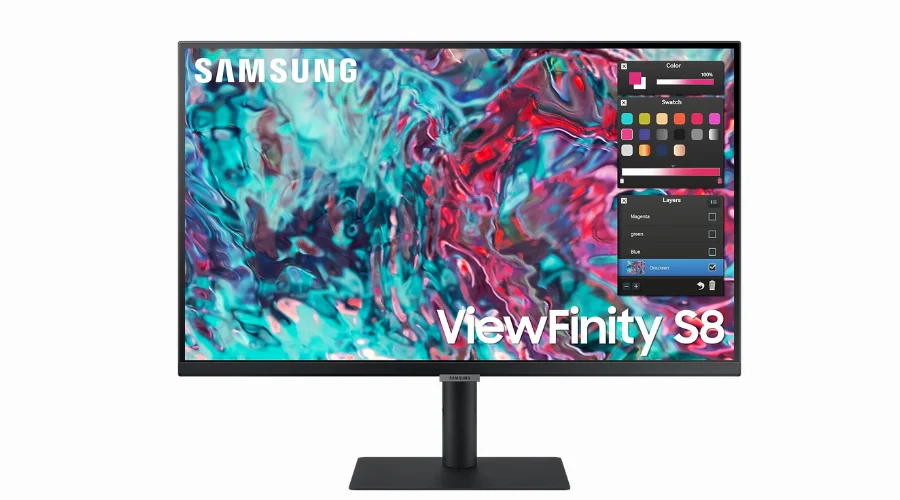
S80TB ViewFinity UHD Monitor is a 27-inch screen with UHD resolution. It may have an IPS display for wide viewing angles and precise colour reproduction. This display is good for content production, photo editing, and 4K video playback. A huge screen, UHD resolution, and an IPS panel promise good image quality and adaptability, but manufacturer and model characteristics may differ.
Also Read: Is The Samsung Odyssey G9 Monitor Worth The Investment?
Conclusion
Thus, an IPS panel display is favoured by those who care most about colour accuracy and viewing angle flexibility. It can be used for anything from serious creative work to immersive gaming thanks to its cutting-edge technology that ensures uniformly stunning pictures.
A user’s ability to select a monitor that meets their needs depends on their familiarity with the variations between IPS and other panel types. Moreover, you can easily find these IPS Panel Monitors at the online store of Samsung.
Furthermore, if you want to read more such technology-related blogs, check out our website Findwyse.


